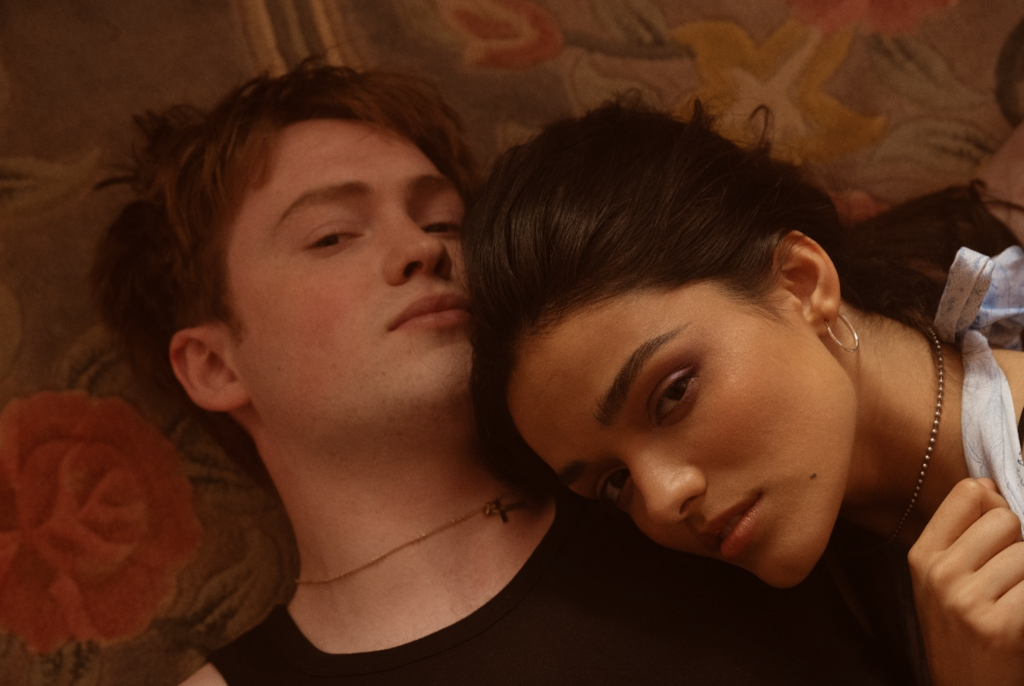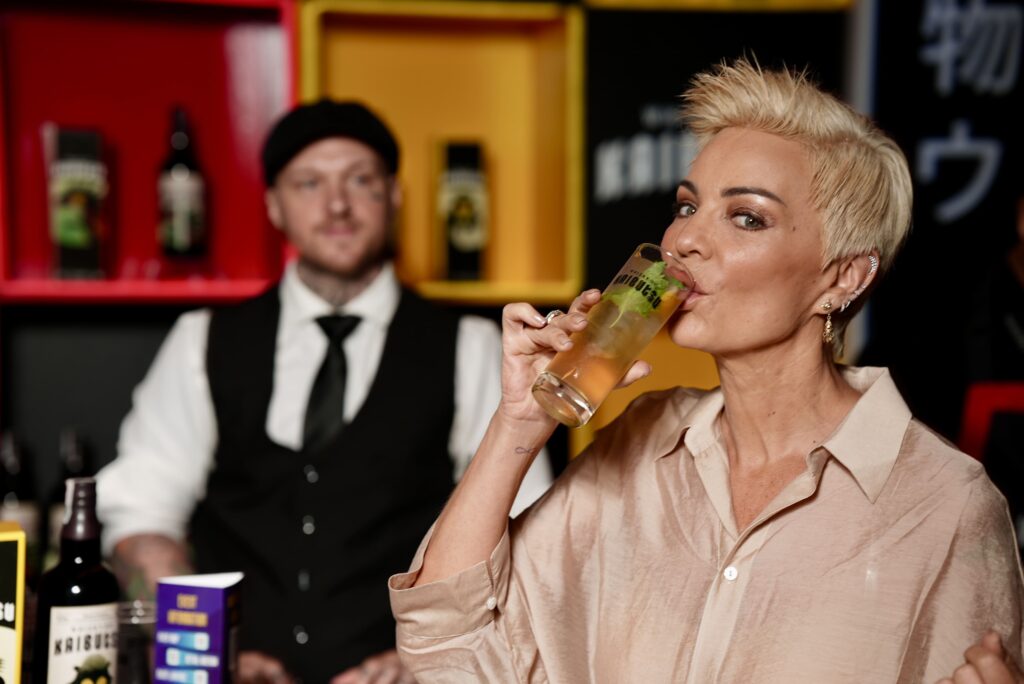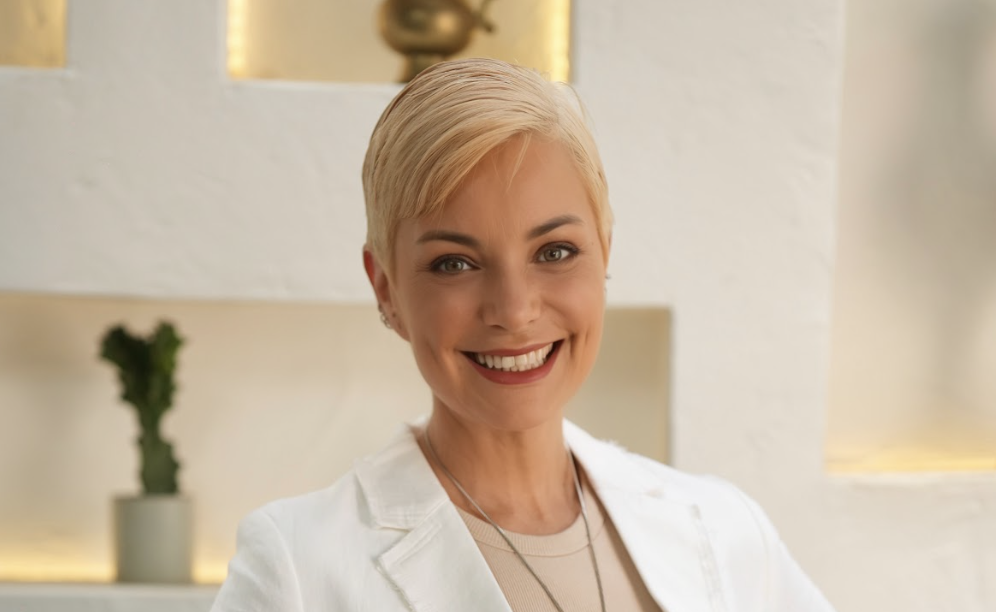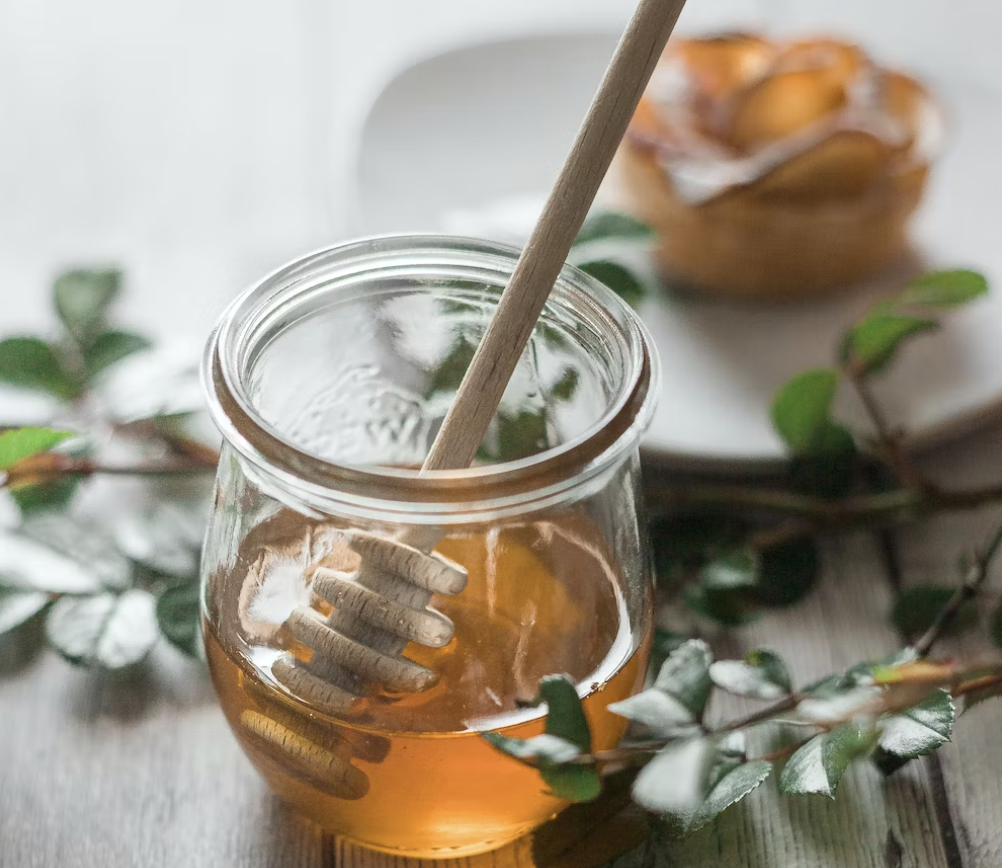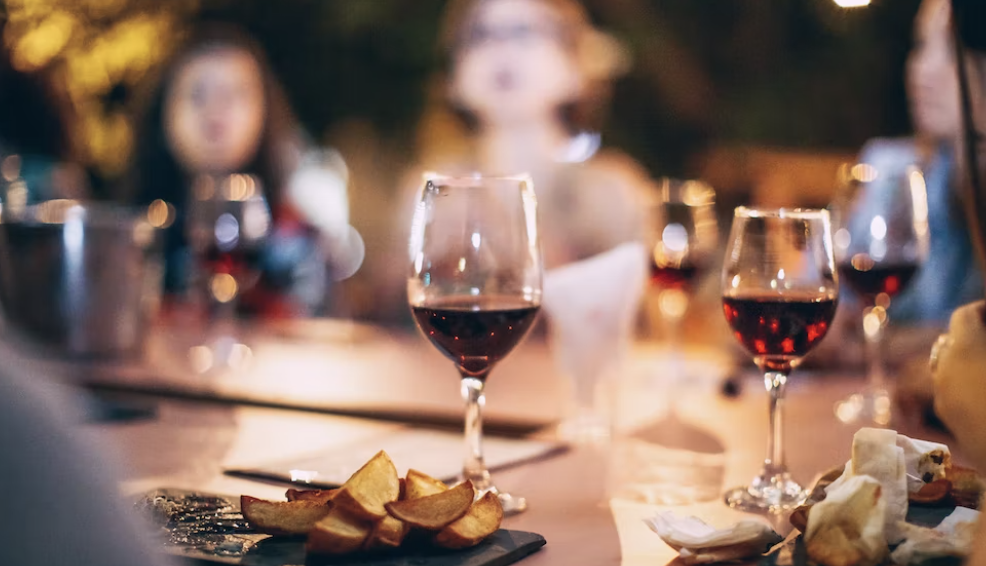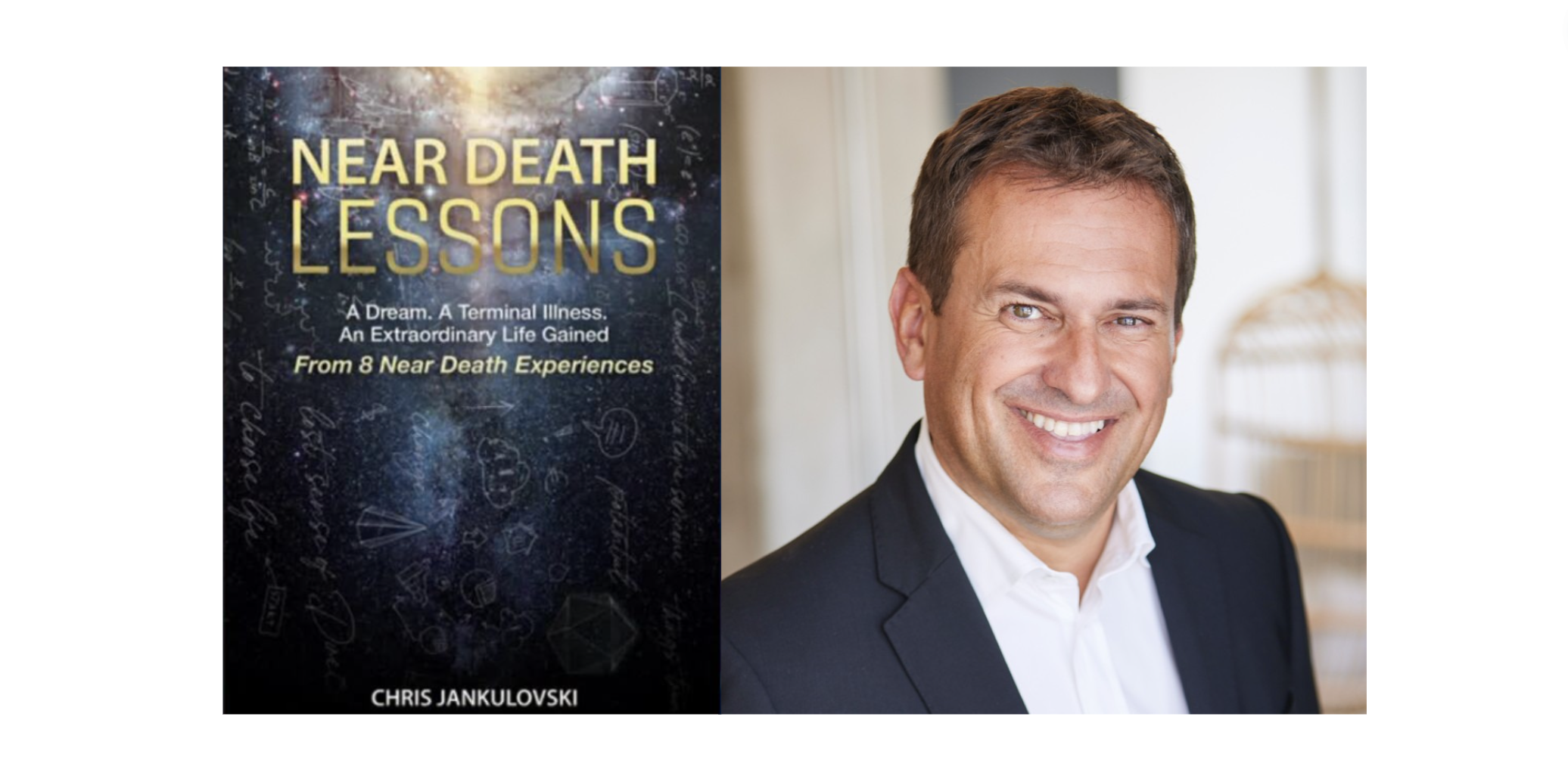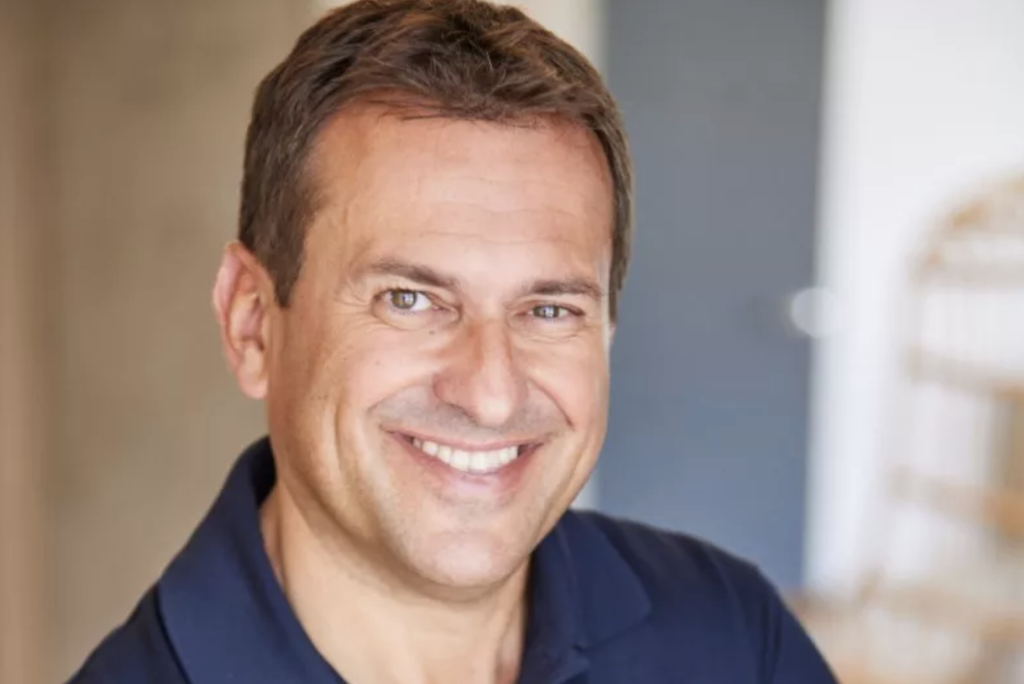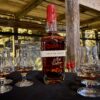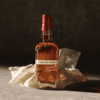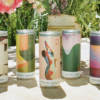New York Wine Studio starts classes this October in NYC, Wine Expert Alan Tardi reveals why you need to Enroll
He’s worked as a chef, a restaurateur, a sommelier, a consultant to some of New York City’s biggest and best fine dining restaurants. He’s also written for magazines and publications, such as Wine Spectator, Wine and Spirits, Decanter, of course, the New York Times.
Today Wine Expert Alan Tardi visits us for a conversation about NYC, restaurants, Italian wine and his new classes starting this fall (October) at New York Wine Studio.
As a get to know you question for everyone out there who loves food and wine and spirits, but they don’t necessarily know your background so much.
You’ve been in the wine world, the hospitality world, the restaurant world for many years. Tell us about a celebration in your life that inspired you to join these industries?
Alan: Sure. First I should say that, when you introduced me, you said I was a chef and a restaurateur and all that’s true. But before I was a chef, I was a cook. And actually before I was a cook, I was a dishwasher. I took a little bit of a break from college and went to Europe and traveled around and then came back and wanted to come visit my sister in New York City.
And so I did. And I ended up staying. And at a certain point, I thought okay, I’m going to go back and finish my undergraduate degree, but I also want to get a job. So I walked into a place that could have been a shoe store or whatever. A gas station. But it happened to be a restaurant.
One of the new, the first restaurants in this area called Tribeca, when it was just starting to take shape and walked in there and said, ‘Hey, I’m looking for a job.’
The person who was in the back that they sent me back to talk to in the kitchen was washing the dishes. And he said, Yeah, I’m the owner. You want to wash dishes? Yeah, sure.
So I started washing dishes there in this restaurant. And then after a while I would, I became a bus boy on the floor. Then when I would come into work, oftentimes the kitchen was a little bit behind. So I would help them out. I ended up going to the kitchen while I was going to school at the same time.
For me, it was a job and while I was going to college in the village after my classes in the evening, I found this tiny little restaurant on Greenwich Avenue in the village called Chez Brigitte.
It was like a counter basically, they had two little tables on the side, but there was a counter there with maybe eight seats. And there was this French woman named Brigitte who was cooking food back there. I started to go there, so I didn’t go home by myself and have supper.
I started to get half bottles of wine from a nearby wine shop and took it to this place, Chez Brigitte. I spoke French. I was talking to the woman cooking there.That was a celebration for me, and I was there all by myself. I would go there after, after my schooling before I went back home.
So that was like a celebration. I would go there two or three times a week. And that was my own sort of really like dining. But it was very casual. It was an open kitchen. But that was my celebration factor. And then after I finished my degree I thought I’m actually into cooking.
I was cooking in this restaurant in Tribeca. And so I went and knocked on the door of a little restaurant in Soho, which was called Chanterelle. It was a legendary restaurant for about 25 years. And the woman, the manager, the wife of the chef, Karen Weltuck, and David Weltuck was a chef.
She hired me. I was the third person. Before that, there were two people in the kitchen. I became the third person in the kitchen doing Garde Manger. Then after six or nine months, I was promoted to he sous chef. So I went from a Garde Manger to the sous chef in this really legendary restaurant.
So that was my celebration.
The fact that you grew up behind the scenes in the back of the house makes me curious.
For a couple – whether it’s a date night, an anniversary or a business dinner,
do you have any tips for how to take that fine dining experience and make it really truly memorable
Alan: First of all, we talk about fine dining. To me, sometimes you have the best experiences in a very simple, very unpretentious place. When I was working at Chanterelle, I was there for a little over three years. Every August, the restaurant would close for the month and most of the staff would go off on a gastronomic tour.
I went with some of my colleagues to France two years in a row. We would go through all the three star Michelin restaurants. At that time, you had to write a letter in French asking for a reservation at a certain time.
You had to reserve ahead of time because you had three star Michelin restaurants, highly sought after. Three or four days a week we would be eating in these fancy restaurants, sometimes lunch and dinner. It’s crazy. But there would be the down days too, right?
When you’re just traveling somewhere, you’re going to a different part. Some of these meals were amazing, that it was a whole new world for me. You get the menu, all the service and the cheese and the wines and everything. It was a great experience.
On the off days, you would just find a place to eat. And sometimes we would go to a little aubergine. I remember one in Normandy, walking into this place. It was just a few doors down from where we were staying overnight, waiting for our next kind of big meal. We went to this little aubergine and they had the most banal dish, trout almondine, right?
Trout almondine. It was in Normandy, however. There were women in the kitchen, not men, and usually in these three star restaurants, it was all male at that point.
I realized that some of those down meal nights and simple places, they had no stars at all. You had amazing food.
The meals were on the same par as some of the best three Michelin restaurants I had. So that was an important distinction for me to make. When you’re talking about how to really create – whether it’s in a very simple environment or kind of more fancy – how to really make it special. I think it has genuinity.
Just being what you are and trying to take care of your guests as best as you possibly can. That can really make it very special. You need to have good food, you need to have good wine, you need to have good service. All of those factors play in. But the most important thing is really trying to take care of your customer.
And I think you can do the same thing at home, your customers, whoever’s coming to your home and you’re going to offer them something and you want to try to make it as special as you can, even if it’s just hamburgers, but that can be really great and memorable.
We’re going to stick with the restaurant for a second, but move toward the wine list.
What are some tips for someone who wants to have a nice bottle out at dinner and they just don’t even know where to start?
Alan: That’s a great question. When I had my restaurant I decided to take a certain approach to the wine program, which was to find the best regional wines that would really best accompany the food.
Many of them were wines that people were unfamiliar with, they were just not among the top 10 that people would go to automatically. This is some years ago when a lot of the wine lists in the restaurant were the most famous ones you see all over the place because people are comfortable with that. So sometimes it threw people off and they would ask questions. What is that? Don’t you have this other one that’s very popular and all over the place?
No, but we have this and – we didn’t always say this – but it’s actually much better and it costs less.
So people would try it. They would take a leap of faith and for the most part they always loved the wines, and they went very well with their food. Not only was I the chef and the owner but I was also the sommelier as well.
We tried to train the staff very well about the wines and inform them. We had monthly tastings with them so they could taste the wines.
If people were really interested, I would come out of the kitchen and explain, make a suggestion based on what they said they liked. Sometimes it’s very difficult for people to explain what they want, so you have to read into that a little bit, but it’s something that really worked.
I know you love Italian wine, you’re an expert in Italian wine. Are there some Italian wine regions that deserve more attention?
Alan: Absolutely. I love wine from all over the place. Initially I spent time in France, delving into the wine regions there and they’re amazing and superb. When I was working at Chanterelle after the two first years going to France and the three Michelin restaurants, the third year I said maybe I’ll go to Italy and just try that out.
When I actually went there, it totally blew my mind. We rented a little house outside of Siena and explored the area. We went to a fantastic restaurant and it’s still in existence, La Chiusa, in a tiny little village called Montefollonico.
That really blew my mind completely. Because it was in an old olive oil mill, outside of this tiny little village up in the hills. The food was both very traditional and also very kind of cutting edge. They were trying to expand a little bit, but there was a really great balance of that. I actually went back there to do a stage, a summer stage working in the kitchen.
What really blew my mind was the fact that everything there was local. It was right, very close to Montepulciano and I would go walk in the vineyards. A lot of the food they got was made from grapes in the vineyards outside the restaurant. And the cheese was the pecorino.
The cheeses in Tuscany were made locally and everything was from that particular area. This was long before farm to table.
So it was a tremendous experience and that was just the beginning because Italy has 20 different regions, each one of them very different.
We think of Italy’s being old, the ancient Romans and the Etruscans. That’s true. But Italy is a country just a little bit more than a hundred years old. 150 years old. It was formed in 1861 bringing together the Italy that was once where it was fragmented after the fall of the Roman Empire.
Up until that point, you had all these different city states that had their own language, their own identity, their own cuisine, their own architecture. And while it’s been now collected into one country, each region is very independent and different from one another.
It’s changing a little bit now. At one point the dialects were very strong. When I moved to Piemonte. In the village where I lived for over 12 years, when I moved there in 2003, most of the people – who are over 50 years old, spoke Piedmontese as their first language. They had gone to school, so they learned Italian, but they spoke Piedmontese whenever they could.
In Italy there’s an incredible diversity of different places within the country. And it goes into the wine. The wines are very different. The grape variety, there are more grape varieties in Italy than most any other place.
I appreciate how you fit all these areas together: the wine, the food, the identity of the people themselves. When people Google you, they can find a lot. Your videos, your books, your webinars.
What do you think is a tip to being a great speaker when it comes to food, wine, travel, these types of genres?
Alan: I feel like I’m very humble, especially when you’re talking about wine, there’s always something new to learn and it never really stops. So I’m learning too, as I go along..
I approach it as I want to learn about something myself. Then I want to explain it and talk about it to other people and fill them in on it as well, because it’s exciting for me it might be also interesting and exciting for other people.
The other thing is really trying to share that information in a meaningful way. I’m not trying to be an expert. I just want to share that excitement that I’ve felt myself.
Tell me how your background and the learning we’re talking about informed your decision to launch the New York Wine studio?
Alan: As you alluded to, I’ve been teaching for quite a while. All these things just happened almost organically. I didn’t say I’m going to become a restaurateur or a chef. I just started. From there, I really got interested in wine because there’s a very strong correlation between wine and food.
I got really interested in wine. I was doing a lot of panel tasting with Wine and Spirits magazine, whose office was very close to my restaurant. Josh Green, the editor there and a friend of mine for quite a while. At one point he said, Hey, do you want to write an article? I said, sure. So I started writing for them a lot and it just went into other venues as well.
Teaching is the same thing. I started giving presentations at wine conferences like Society of Wine Educators annual conference I started teaching around 2015 for the Wine Scholar Guild. I was teaching for about six years.
I’ve been doing it in many different forms. Italian Wine Scholar. French Wine Scholar and Spanish Wine Scholar as well.
I thought maybe it would be a good idea to offer this program, the IWS, Italian Wine Scholar program, in New York City. No one is doing it here. Why? Why is that? So rather than doing it online, I thought it would be really great to do it in person. Where you can actually interact with the students that are there rather than just having them in the background on a computer from many different places in the world.
So I wanted to offer that along with wine because that’s a very important component. Obviously, if you’re talking about wine and explaining different Appalachians and different growing areas and different winemaking traditions, it’s good to be tasting the wines while you’re learning about that.
I came across a place that was willing to host these presentations, a beautiful wine tasting area, right in midtown Manhattan, close to Grand Central.
In addition to the Italian Wine Scholar Program, to start things up, do four individual classes that are theme oriented.
Is it fall and spring, or what’s the schedule?
Alan: Right now we’re going to be starting this fall beginning in October, I want to ease into it. I’m not loading up an entire schedule of things, but I’m going to be offering part one of the Italian Wine Scholar program, because There are two parts to this certification program.
The first part of the Italian Wine Scholar program will be this fall. Six 3-hour sessions live in-person with wine once a week during October and November.
Then to add something else, in the evenings, we’ll be doing four courses. One in October, two in November, and one in December. Two hour courses with wine, as well, and they’re not regionally driven, they’re thematically driven.
The first theme class is going to be: the many faces of Sangiovese because Sangiovese is a grape variety, Italy’s most widely planted grape variety, and of course it’s very closely tied to Tuscany, where there are at least five major appalachians that really focus on that grape variety.So we’ll be showcasing 10 different San Gervasio based wines. Five of them from Tuscany and then other San Gervasio based wines from other regions that, that really featured that like Umbria and Marche and even up in the north, Romagna, which is part of the Emilia Romagna region. Emilia and Romagna are completely different places.
There will also be individual classes on volcanic wines, Appassimento wines, which are wines that are made from grapes that have undergone this drying process.
Then also sparkling wines, which I’m a big fan of. My second book was about champagne and I’m really deeply into champagne. It’s going to involve sparkling wines from three different countries.
It sounds like this might be the most in-depth Italian class you can find in Manhattan.
Alan: To be careful, I would say it is “one of”, the most comprehensive program in Italian wine anywhere.
This program has not, has never been offered in New York City. It’s kind of a first time for that. It’s very comprehensive. It covers all 20 regions, all of the significant Appalachians and there are many of them.
All of the significant diverse grape varieties and I say significant because it might even be a little bit more now in the Italian National Register of Grape Varieties. Many people think that there are more than 2,000 different grape varieties. They just haven’t been genetically defined before.
Because it’s so deep with knowledge, it’s great for trade. New York City is a huge foodie and restaurant dining scene.
Alan: If you want to have all these post nominal certifications, that’s good. Nothing wrong with that. The most important thing, however, of course is knowledge and understanding. that you can use if you’re in the trade.
The understanding, the awareness of wine that you can then transmit to your customers in a restaurant or to your customers in a wine shop where you’re selling to.
It’s a very comprehensive program, but you don’t have to be in the trade to do it. There are a lot of people who are just really fascinated and interested in wine. This is certainly a great comprehensive program for people who just are really fascinated by Italian wine and they want to learn more about it.
What are the goals for the New York Wine Studio? What’s the future for you? What’s the future for the studio itself?
Alan: For me, it’s this and I’m very excited about it. I like this sort of counterpoint between the really focused credential certification course with an exam at the end, and then the other ones that are more mixing it up and comparing / contrasting these different wine regions.
Next spring I plan to do Italian Wine Scholar Part Two. There’s also an introductory course, used to be called Italian Prep, now I think it’s called Italian Essentials. It is for people who aren’t ready to jump into a whole certification program with all that detail, but it’s an introduction to Italian wine.
I would also love to do the French Wine Scholar, along with some additional classes in the evening.
Tell us where we can find more. Websites? Social Media?
Alan: Check out the website www.NewYorkWineStudio.com. It talks about the programs, the IWS program with the schedule mapped out and the four individual classes.
There’s also an email there, info@NewYorkWineStudio.







